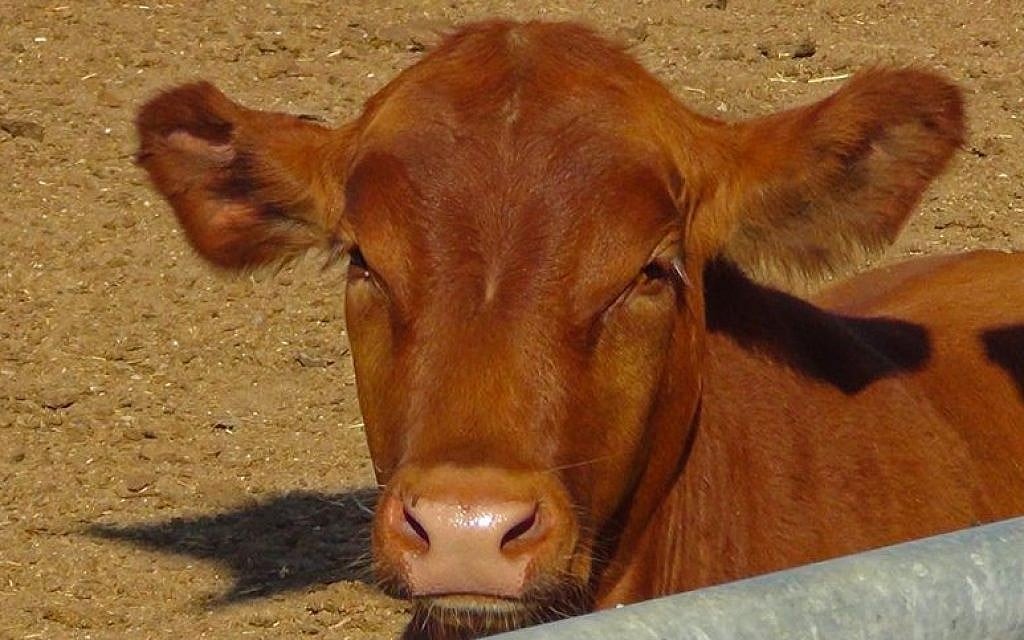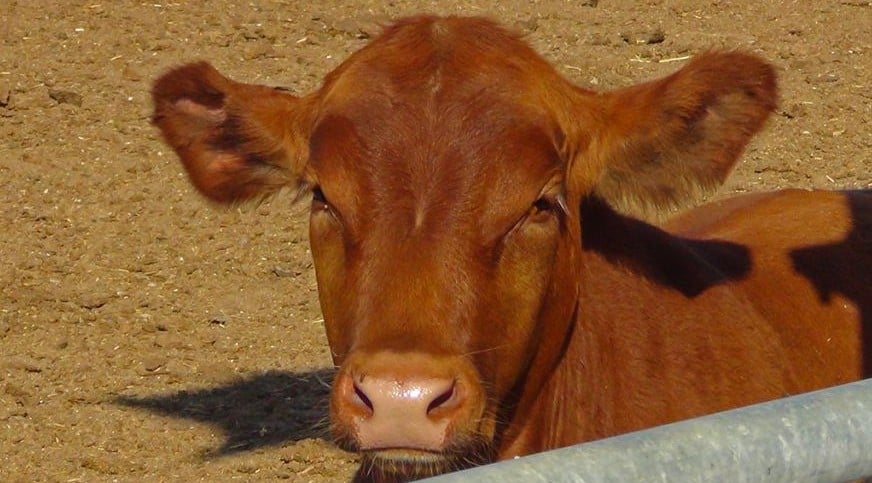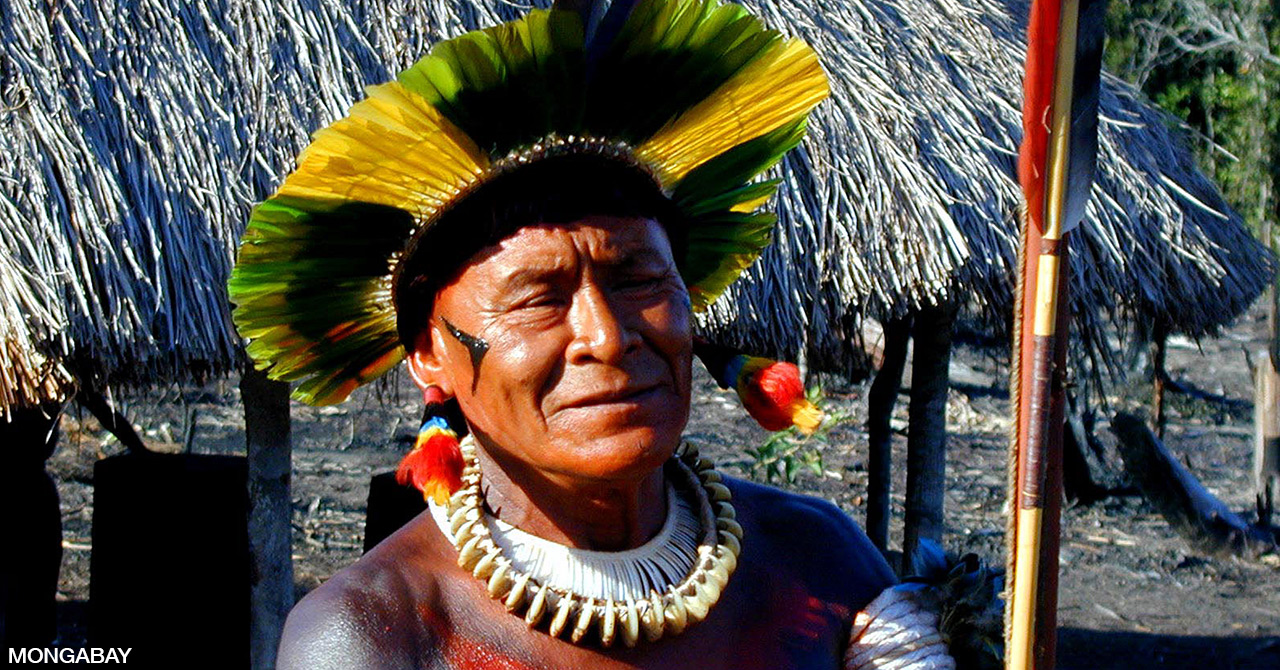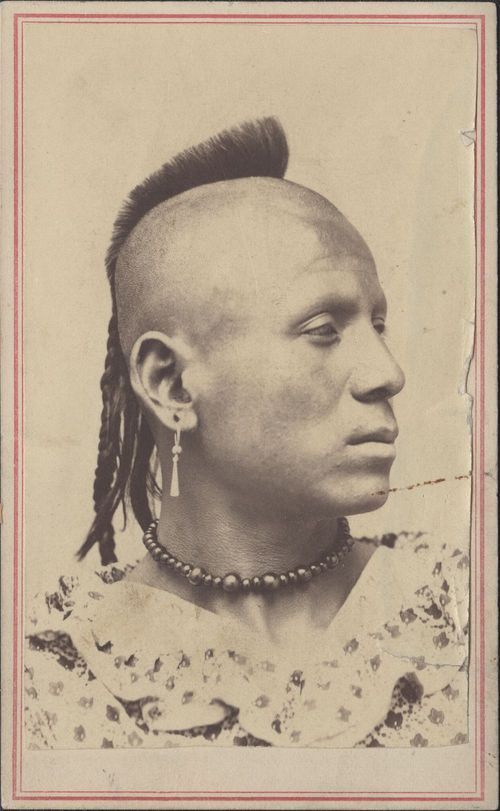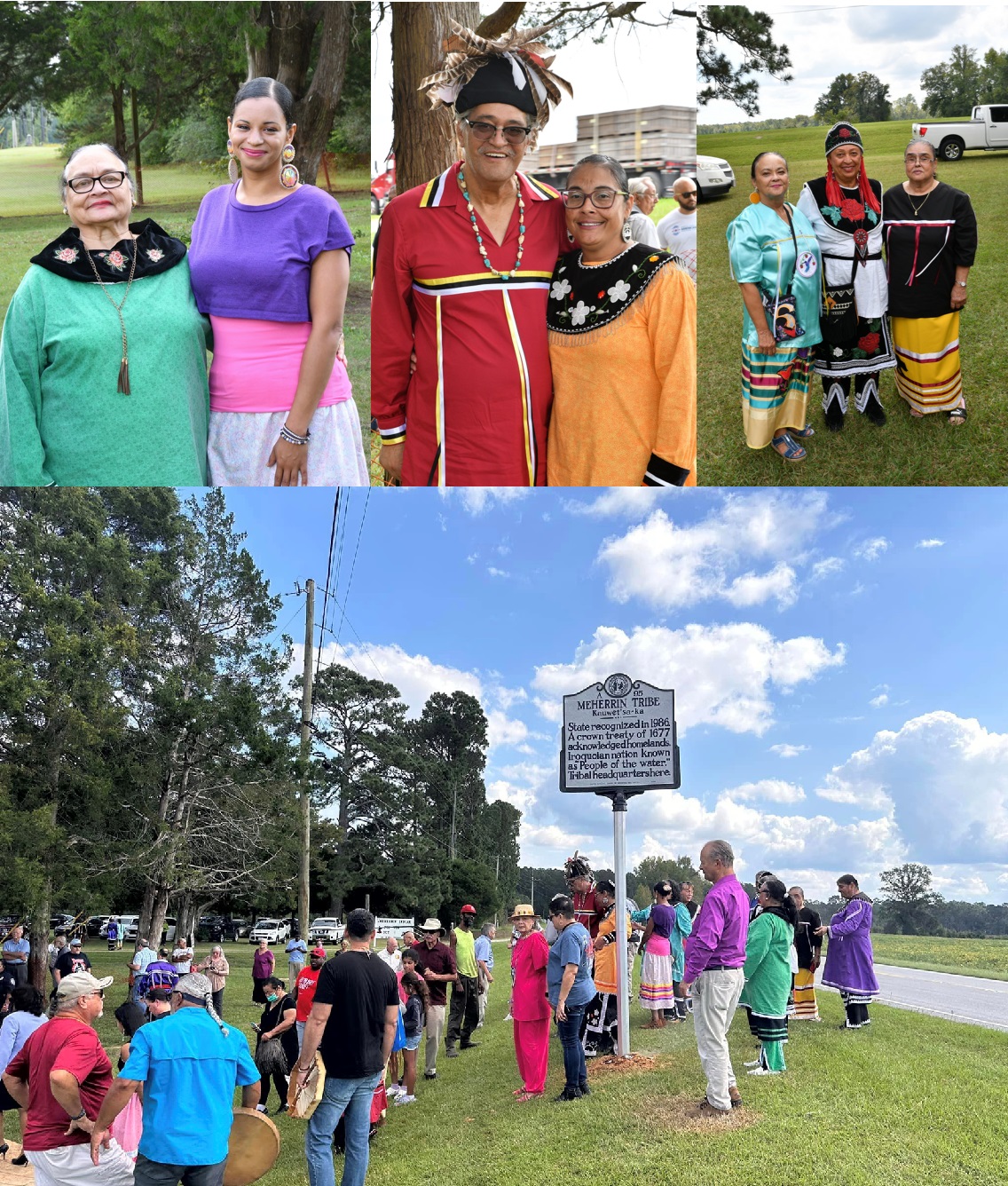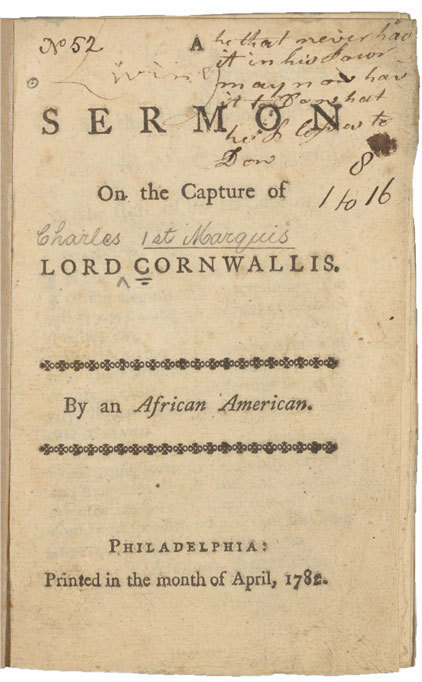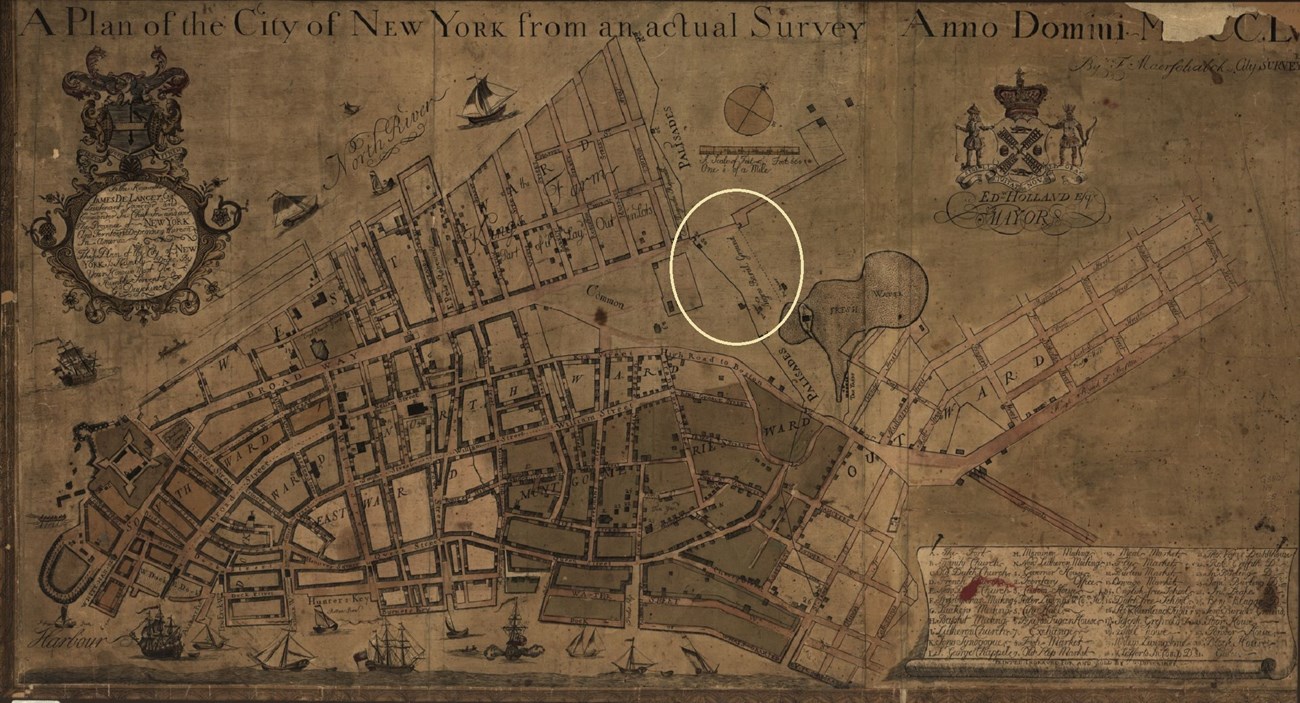You keep talking about some black freedmen and Cherokee Nation.
That’s a whole different group of people than what we’re discussing, tether.
We did not have any Cherokee around here, this is Powhatan land.
Cherokee wasn’t a real tribe or Nation originally, it just meant people of a different tongue.
It’s a cracker creation.
They have no way of testing the DNA of Indigenous Tribes because there is no database.
They test against South American Indians to see if you have Native DNA, as most tribes don’t submit to DNA testing.
Part 2
Results mtDNA Haplotype Analysis
"Fifteen mtDNA haplotypes (AM1, AM9, AM13, AM32, AM43, AM63, AM88 and AM125–AM132) were observed among the Seminoles (table 1) as defined by 29 polymorphic restriction sites and the 9-base pair COII-tRNALys intergenic deletion [48–51] (Appendix). Thirty-five out of the 37 mtDNAs analyzed (94.6%) fell into one of the four haplogroups A, B, C and D which characterize Amerind populations [8]. The remaining two mtDNAs (5.4%) harbored an identical haplotype (AM132) which was previously reported only in sub-Saharan Africans. None of the Seminole mtDNA haplotypes belonged to any of the European-specific haplogroups [21]."
[...]
Origins of Seminole mtDNAs
The analysis of mtDNAs from Native American populations has revealed that four major haplogroups A, B, C and D primarily colonized the Americas from Asia [4, 5, 8, 19]. Analysis of mtDNA variation revealed that all but one of the 15 Seminole mtDNA haplotypes belonged to haplogroups A, B, C and D, and thus were of Native American origin. Only haplotype AM132 was nonnative in origin, being identical to the African haplotype AF71, which was previously observed in the Senegalese. Thus, some African women were integrated in the Seminole tribe, and African genes are present in the gene pool of modern Seminoles.
Of the 14 Amerind haplotypes, seven (AM125–AM131) are haplotypes which have not been previously reported in other Amerind tribes. One of these, AM126, was present in 21.6% of the samples and was the most common Seminole haplotype. The observation that a tribal-specific haplotype was also the most prevalent in a tribe is consistent with findings in other Amerind tribes, and indicates that founder effects and genetic drift have been important in formation of Native American tribes [8].
[...]
Origins of Seminole’s Y Chromosome
"The number and nature of the Y chromosomes which were brought from Asia to the Americas is currently unknown. Data on Asian Y chromosome variation for even the most commonly studied Y chromosome polymorphisms detected by probes 49a, 49f and 12f2 is unavailable. However, these polymorphic loci have been extensively characterized in European and African populations. Therefore, comparison of Native American Y chromosome variation with that of Africans and Europeans can provide some insights into the nature of the founding Native American Y chromosomes.
In a study of three isolated populations from southern Mexico (the Mixtec, Zapotec, and Mixe), the 12f2 locus was found not to be polymorphic, and the 49a/49f haplotypes which were most prevalent were 13, 18 and 63 (table 2).
Analysis of the Seminole’s Y chromosomes confirmed the absence of polymorphism at the 12f2 locus and revealed ten 49a–49f/TaqI haplotypes (table 2). These haplotypes together with those reported in the Mixtec, Zapotec, and Mixe bring the total number of haplotypes observed in Native Americans to 17. Six of these (65–70) have not been described in Old World populations, and probably represent new mutational events. The remaining 11 haplotypes have already been described in non-Native American populations. The most prevalent of the haplotypes shared with Old World populations is 18, representing 30.8% of the Seminole.
Since the same haplotype was observed in 45.2% of southern Mexicans, it is likely to represent the predominant founding Native American Y chromosome. Another probable founding haplotype is 63. This haplotype represents 15.4% of the Seminole Y chromosomes and 12.9% of the southern Mexican haplotypes. The only other common haplotype is 15, which is found in 8.8% of Native Americans. This is also the most common haplotype in Europe, with a frequency greater than 40% in some European populations, but is virtually absent in Africans. Consequently, it is likely to be a European-specific haplotype, and its presence in the Seminole and southern Mexican tribes suggests that it may be due to genetic admixture with Spaniards.
However, it recently has been observed that this haplotype encompasses 22% of Polynesian Y chromosomes, reaching a frequency of 33% in the Maori [44]. This high frequency of haplotype 15 in the Polynesians could be due to admixture with Europeans, or this haplotype might also be found in Asia. Consequently, additional studies of Asian and Siberian Y chromosomes will be necessary to determine whether haplotype 15 is a founding Native American haplotype or reflects genetic admixture with Europeans.
In conclusion, analysis of mtDNA variation reveals that the Seminole are a typical Amerind population which has acquired about 5% of nonnative mtDNAs through matrilineal gene flow from Africans. By contrast, analysis of Y chromosome variation did not reveal any African Y chromosomes, but raised the possibility that about 11 % of the Y chromosomes present in the modern Seminoles could have been acquired by patrilineal gene flow from Europeans."
(Mitochondrial DNA and Y Chromosome-Specific Polymorphisms in the Seminole Tribe of Florida, January 1997)
